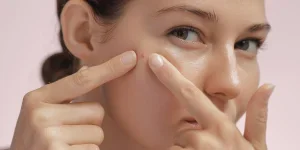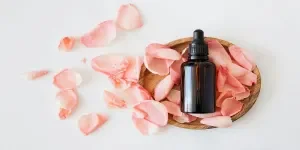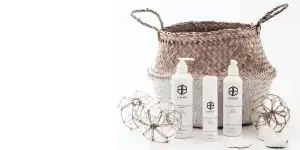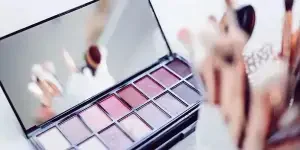Pimples are a common occurrence for customers with acne-prone skin. Even for customers without acne-prone skin, around 80% of people are affected by pimples during their lifetime. When an acne breakout occurs, customers seek remedies to treat their skin. Pimple patches are a good option for your customers to get rid of stubborn pimples.
Table of Contents
What are pimple patches?
How pimple patches are used
Benefits of pimple patches
Drawbacks of pimple patches
Types of pimple patches
Conclusion
What are pimple patches?
Pimple patches, or acne patches, are a relatively newer treatment for acne that has grown in popularity. In the past year, interest in pimple patches has grown by 81%, with 86,000 searches per month.
Pimple patches are one-time-use adhesive stickers that are put directly on pimples. The pimple patches work by absorbing the gunk from the pimple, such as pus, discharge, oil, and dirt. Additionally, pimple patches speed up the healing process.
How pimple patches are used
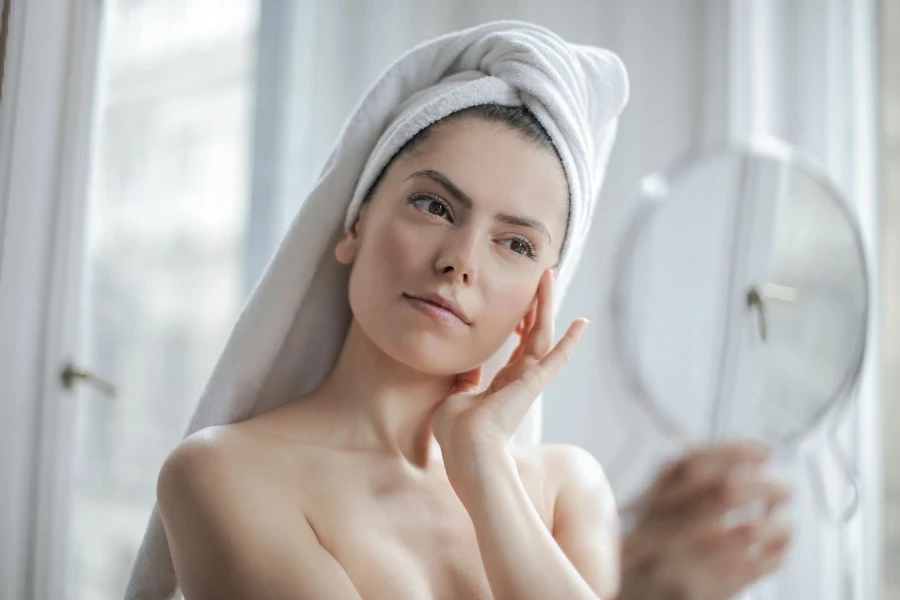
For best results, customers should wear pimple patches for at least several hours, preferably 6–8 hours. Customers can wear the pimple patches during the day and apply makeup on top of the stickers. Additionally, customers can also wear pimple patches at night before going to sleep.
Your customers will use the pimple during their skincare routine. They will first need to clean their face with a cleanser before applying a pimple patch. Furthermore, they must ensure their face is dry before applying the pimple patch. Otherwise, the sticker may not stick and fall off their skin.
After applying the pimple patch, your customers will resume the rest of their skincare routine, including applying a toner, serum, and moisturizer. Also, pimple patches are waterproof, and your customers can take a shower while wearing the pimple patch.
Benefits of pimple patches
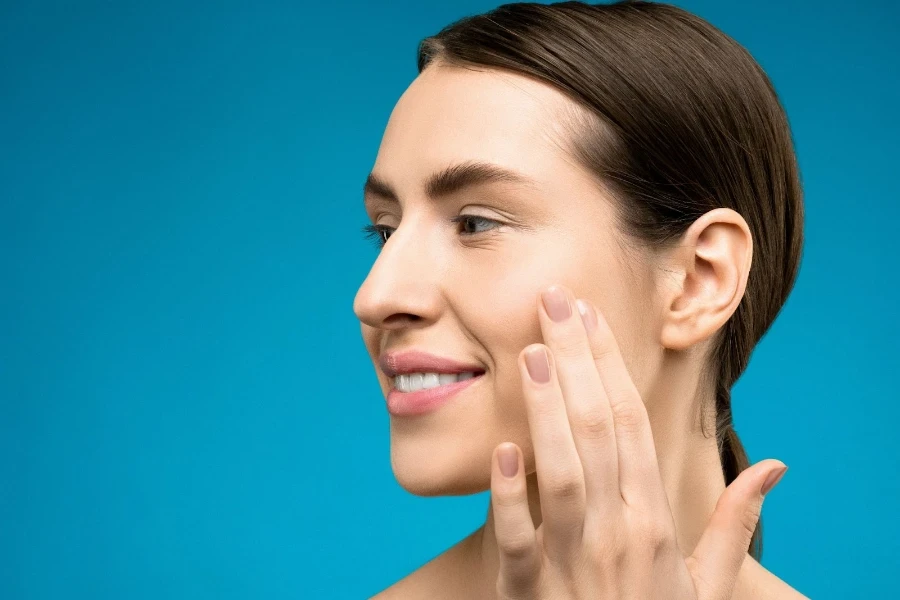
Pimple patches are an effective treatment for pimples that are ready to pop because pimple patches absorb discharge and heal the pimple. There are numerous other benefits that customers can experience with pimple patches.
Unclogs pores: Pimple patches are a fantastic treatment for whiteheads. Whiteheads are pores clogged with oil, dead skin cells, impurities, or bacteria, and a white bump appears on the skin. Customers with whiteheads can use pimple patches to unclog their pores and reduce the appearance of whiteheads. Blackheads are similar to whiteheads, but blackheads leave a black spot on the skin. Pimple patches will generally not pull out the blackheads, but the pimple patches will help absorb excess oil and unclog pores.
Speeds up the healing process: When customers touch pimples on their skin, they are getting bacteria from their hands on their face, which can slow the healing process of the pimple. Pimple patches ensure that customers will not touch or pick at the pimple, and they will not be getting bacteria or dirt from their hands on their faces. Furthermore, pimple patches absorb the discharge from pimples and allow the pimples to heal faster.
Reduces risk of scarring: Another consequence of customers picking and popping pimples on their faces is that the pimples can cause inflammation and acne scarring. By using pimple patches, customers will not pick at their pimples, and the pimples will heal faster. In turn, the quicker healing process reduces the risk of scarring.
Drawbacks of pimple patches

Pimple patches are skin-safe and will not make acne worse. However, there are different types of acne and skin types for which pimple patches are not as effective or recommended.
Blind pimples: Blind pimples are blemishes underneath the skin surface that do not have a whitehead or blackhead. Pimple patches are generally not effective for blind pimples because pimple patches treat pimples and whiteheads that are at the skin surface.
Cystic acne: Likewise, pimple patches are ineffective for customers with cystic acne because cystic pimples are deeper in the skin. Regular pimple patches only treat surface-level pimples.
Sensitive skin: The adhesive from the sticker of the pimple patch can irritate the face of customers with sensitive skin. Furthermore, some ingredients used in pimple patches, including salicylic acid, benzoyl peroxide, or tea tree oil, can cause dry skin and skin inflammation and leave a temporary red mark on the face.
Types of pimple patches

There are different types of pimple patches that can be used to treat pimples or zits.
Hydrocolloid: Hydrocolloid pimple patches are the most common form of pimple patches. Hydrocolloid was originally used to heal wounds, and today, it is also used to treat pimples. The hydrocolloid patches contain a gel that moistens the area around the pimple, absorbs the drainage, and reduces the size and redness of the pimple. When customers use hydrocolloid pimple patches, the sticker will turn white as the patch absorbs the fluid from the pimple. Hydrocolloid pimple patches are a fantastic option for customers who want to get rid of their pimples.
Salicylic acid: Salicylic acid is an active ingredient added to some pimple patches to exfoliate the skin gently. Salicylic acid unclogs pores, absorbs excess oil, and heals pimples, making it a good option for customers with whiteheads and blackheads.
Benzoyl peroxide: Benzoyl peroxide is another ingredient occasionally added to pimple patches. Benzoyl peroxide is used to reduce acne breakouts and bacteria on the skin. Pimple patches with benzoyl peroxide are a great option for customers with acne-prone skin.
Microneedling: Regular pimple patches do not treat pimples underneath the skin surface. However, there are pimple patches with tiny spikes or microneedles that go deeper into the skin to absorb the fluid. Microneedle pimple patches are a good choice for customers with blind pimples that are underneath the skin surface.
Conclusion
A majority of your customers can get pimples at some point in their lives, and pimple patches are a popular treatment for getting clearer-looking skin. Pimple patches unclog pores, speed up the healing process, and reduce scarring, making it an effective treatment for customers with pimples or acne-prone skin.
